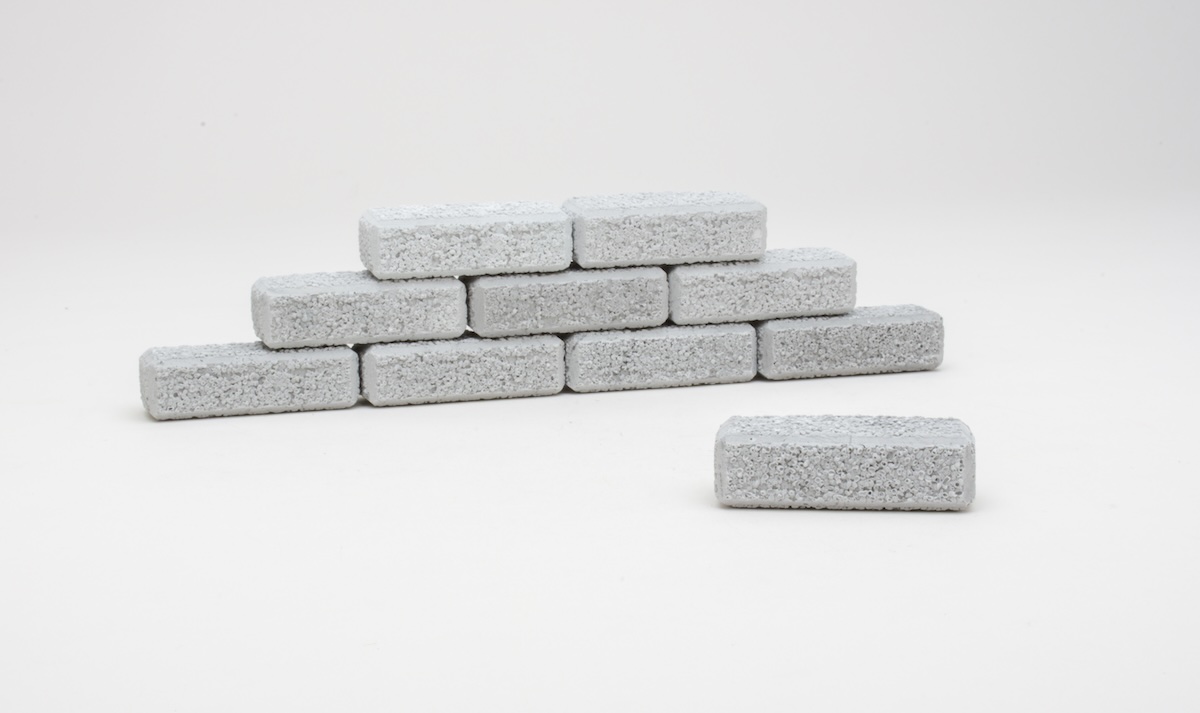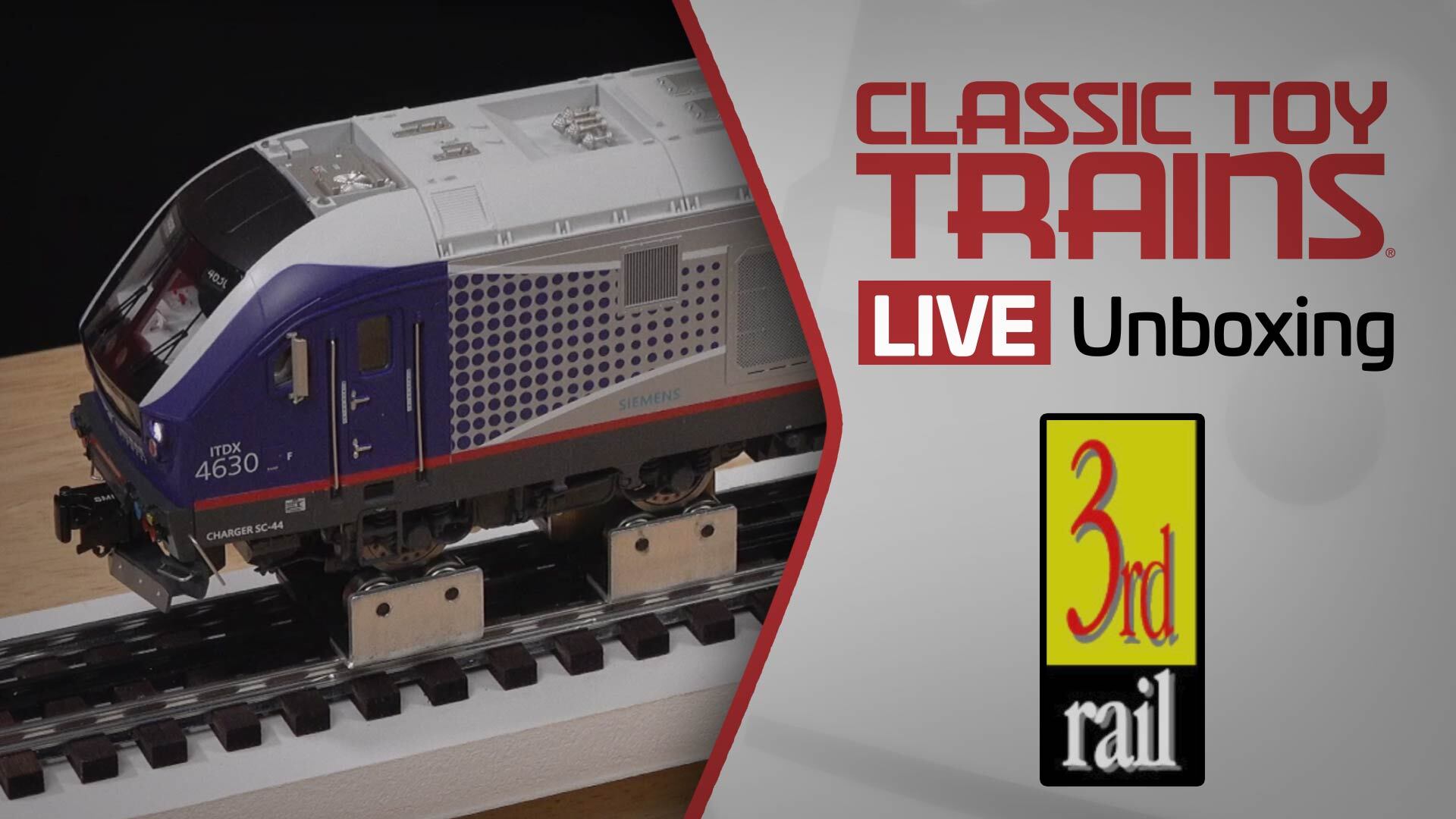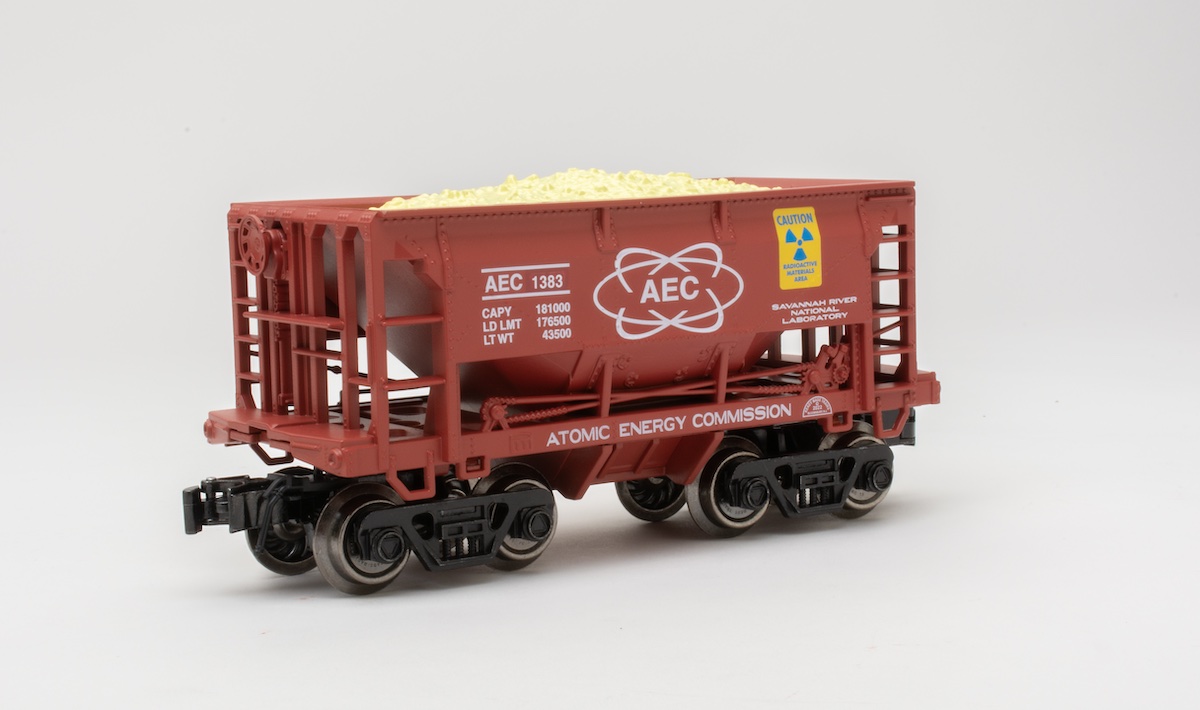I had been looking forward to the release of the Trainman heavyweight cars for two reasons: They are scale, and they are separate sale. Why do I think separate sale is a big deal?
Most railroads didn’t run passenger trains in the five-car packs that model railroad manufacturers market them in. They assembled trains to meet traffic demand (or lack of demand). For example, growing up near the Florida East Coast Ry. I never saw a passenger train longer than two cars.
The first Pennsy passenger train I photographed (I believe it was the James Whitcomb Riley) had two E8s, three boxcars, two baggage or Railway Post Office cars, and two coaches.
In both cases, it was hardly the Broadway Limited or the Silver Star, but it was reality for those respective lines. So there is accuracy in running smaller train sets. That’s why being able to buy cars one at a time to build the train you want is important.
New from the Trainman
A 60-foot baggage car, an RPO, and a coach are first three cars we’ve encountered from Atlas O. A fourth car, a combine car, (one part coach and one part baggage car) was released at the same time, but we haven’t had a chance to see and operate it.
The rolling stock is based on prototypes operated by the Chicago & North Western that would have been in use in the pre- or postwar periods and even later on work or special-duty trains (such as on fan trips).
So, Atlas is shooting for a “one size – or style – fits most railroads” approach to O gauge, steam-era passenger fleets.
The baggage car
The baggage car is a large, stoic-looking rig. The sides have good seam and rivet detail, and each side has two doors. The doors have four windowpanes each, but the doors are cast in and do not open.
Each door does have an add-on wire handrail, and you’ll find add-on grab irons on each side corner, as well as on the car ends. There are no fewer than eight steps on the car shell. The ends have rubber diaphragms installed.
The roof has two vents and two handrails on one end, along with cast-in vent screens on the elevated sides of the clerestory roof.
The car rides on two three-axle trucks – presumably because the baggage car might be called upon to carry heavy shipments of cargo, in addition to luggage from the passengers. The trucks are die-cast metal and are sprung (yes, you can press the lower bar and they spring upward) and have nice, clean rivet detail.
Each truck has a power pickup roller. The thumbtack couplers are all metal, and each coupler has a plastic brake line attached to it.
The frames are plastic and have nice details cast in, including structure supports, brake lines, and air tanks.
This is also a great item to add to a wreck or track maintenance train as a tool car. I suspect you might still find a few heavyweights on a maintenance-of-way equipment roster somewhere.
The RPO car
Compared to the baggage car, the RPO is a rich source of detail points. While the sides have the same level of rivet and seam detail, they are punctuated by two smaller doors (each with two window panes) and six windows with two panes each.
Each side has two horizontal wire grab irons attached, and each side door is bracketed by two vertical grab irons. Plastic mail pickup arms (non-functioning) are mounted on one door, and a bar is mounted on the other door.
Each end has grab irons and a rubber diaphragm. Four steps are part of the plastic shell of the car, and add-on steps are mounted on the truck.
The RPO roof differs from the one on the baggage car. This car has two different roof vents, one on each end of the car, and one end has two grab irons on top of the raised portion of the roof.
Like the baggage car, this one also rides on a pair of die-cast metal sprung trucks with one pickup roller each. The car has undercarriage detail similar to that found on the baggage car.
This car features interior illumination, and you can peer in and see mail-sorting stations, which is pretty neat.
The coach
Broadly speaking, this car has the same basic characteristics of the two previous cars. It has single-pane windows on each side, as well as two windows in each side door. The doors have wire handrails, and the ends have handrails, grab irons and diaphragms.
The car has interior illumination and seating for plenty of passengers. There is also a “blocked off area” representing a rest room. This has a visible counter and washbasin that can be seen through one of the car’s windows.
The roof again varies slightly, with different exhaust stacks (one on each end) and one rooftop grab iron.
Undercarriage detail is similar to the other cars, except that this car rides on two-axle trucks. These trucks are also die-cast metal and are sprung, but they seem a bit light compared to the three-axle trucks.
The cars rolled smoothly, and the spacing of the power pickup rollers enabled illuminated and largely flicker-free running. The cars require O-36 or wider track.
Our samples were decorated in the dark maroon with gold lettering of the Boston & Maine. The paint was cleanly applied and lettering was sharp. The car roofs are black. The cars are also available unlettered or in Chicago & North Western, Lackawanna, Lehigh Valley, New Haven, New York Central, and Santa Fe road names.
In short, these are well-made cars that enable you to build the passenger train you want composed of quality rolling stock. And you don’t have to worry about getting a dome car or observation car you don’t need!
Price: $79.95 each: 60-foot combine car, 60-foot baggage car, and 60-foot coach
Features: Die-cast metal trucks and couplers, illuminated and decorated interiors (where applicable), rubber diaphragms, and O-36 operation















Great review telling the facts, railroads assembled trains to meet traffic demand or lack thereof, no other reason. When I left for Boot Camp at great Lakes, I went on C&O. Since I had been an active model train operator, it was a thrill.
I enjoyed putting together a resemblence of that train on my office layout. I am so happy to see the heavyweights on the market.
Shame, Atlas didn't use the three axle trucks on the coach.